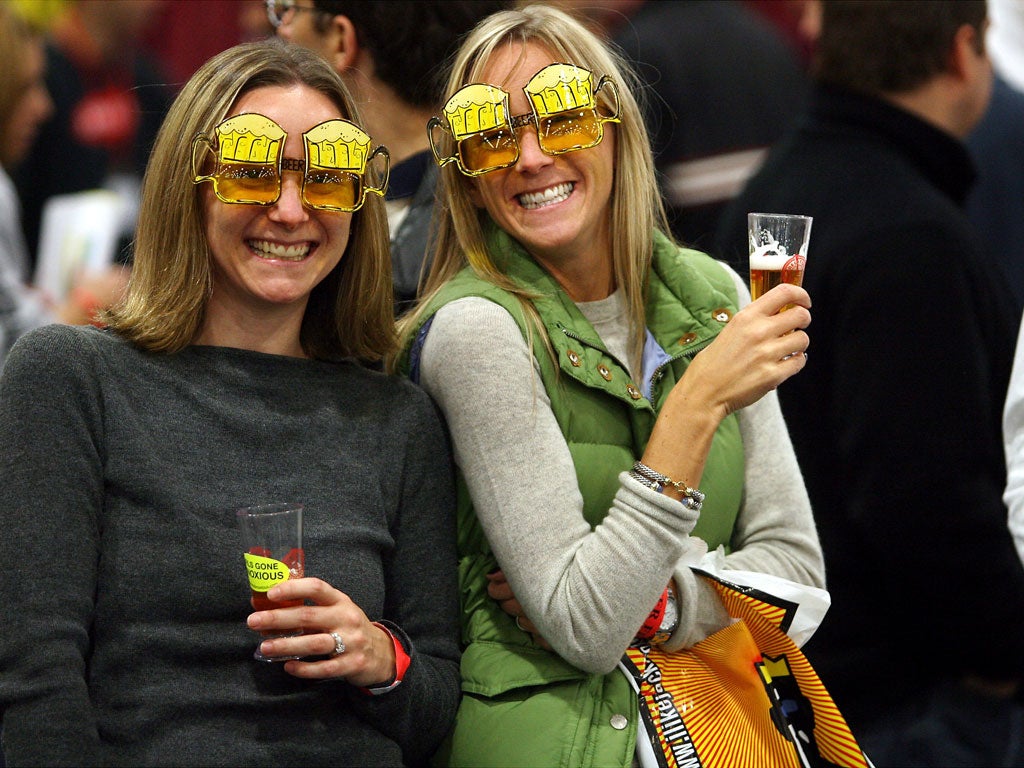Scientists solve the mystery of how beer goggles work

If you've ever had one too many and tumbled into bed with a vision, only to be greeted in the morning by a sight you'd gnaw off your own arm to escape, take heart. It won't make the memory any less painful, but you can take comfort from the fact that there is now academic underpinning for the effect known commonly as "beer goggles".
In scientific terms, even a little alcohol reduces the ability to assess facial symmetry, which plays a key role in attractiveness and human mate selection.
The effect is particularly pronounced in women, with female drinkers less able to distinguish between attractive and not so attractive men after just a couple of vodkas.
Facial symmetry, where one side of the face mirrors the other, is thought to have evolved as a mark of attractiveness as it signifies good genes. Both sexes select outward signs of genetic quality to ensure better offspring. Ratings of attractiveness in the opposite sex are highest when symmetry is at its greatest, research has shown. It's also known that attractiveness rises when people have had a drink or three: the beer goggles effect.
Male and female volunteers at Roehampton University were subjected to a battery of tests before and after consuming various drinks. The tests included studying images of 20 paired faces that had been manipulated so that one was symmetrical and the other asymmetrical. Results showed alcohol drinkers made significant errors in distinguishing between symmetrical and asymmetrical faces. The study also found that women drinkers made more errors than men. The results are to be published in the scientific journal Addiction.
"The people in our study were not drinking heavily, and the effects we have found seem to increase with the amount of alcohol consumed," said Dr Lewis Halsey, who led the study.
"What we have shown is that people's ability to detect symmetry is part of the explanation for the beer goggle effects.
"The consequences could be considerable. A lot of people say they met their partner when they were drunk. Are their marriages shorter or longer lasting? Does it change the nature of the relationship?"
Join our commenting forum
Join thought-provoking conversations, follow other Independent readers and see their replies
0Comments